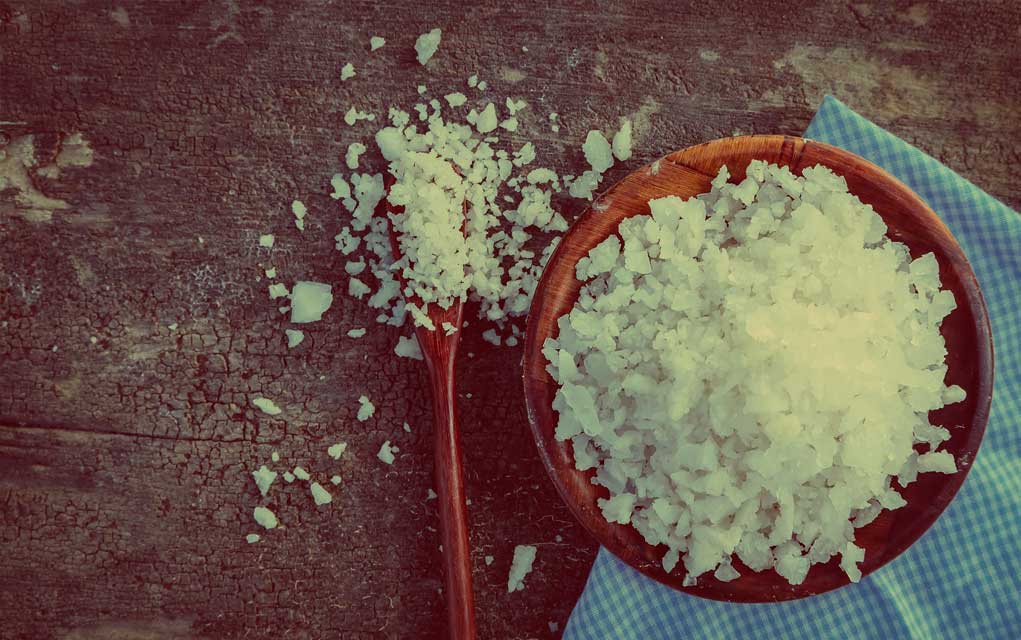For 90s kids, the jingle “mag iodized salt, iodized salt, iodized salt tayo!” is one of the most LSS-worthy songs they’ve heard on television. Adding iodine to salt was a result of REPUBLIC ACT NO. 8172 signed in 1995. Fast forward to today, most Filipinos still choose to use iodized table salt in the kitchen. However, did you know that choosing unrefined sea salt is probably a better choice over the refined, iodine-fortified table salt found at the supermarket? Read on to see why:
- The Source Sea salt is, you guessed it, from the sea! It is usually made by evaporating sea water. While iodized table salt is usually mined from underground salt deposits.
- The Process After mining, iodized table salt is processed to whiten the salt and then fortified with Iodine then an anti-caking additive (usually chemical) is added to prevent clumping. The question here is: what is the Iodine source? Is it chemical or natural? This is a far cry from the simple process of sun drying sea water, leaving the valuable trace minerals in the salt. Although, you also have to watch out for sea salt that is too white since this may signify that it was chemically processed.
- The Effect There is a question of whether the iodine in the salt remains after cooking since the iodine becomes supposedly unstable when exposed to high heat. As with sea salt, there are over 80 trace minerals in it including iodine, iron, magnesium, potassium, and zinc.
So, choose sea salt over others when you can. You can find sea salt at any local supermarket. If you want to take it a step further, buy Himalayan pink sea salt. Himalayan pink sea salt happens to be 85% sodium chloride versus ordinary sea salt which is 99% sodium chloride. Plus, with Himalayan pink sea salt, the remaining 15% contains over 80+ minerals. Minerals that help your body regulate water content, ph-balance, remove toxins, help absorb nutrients, prevent muscle cramping, create balance and more.







.png)

